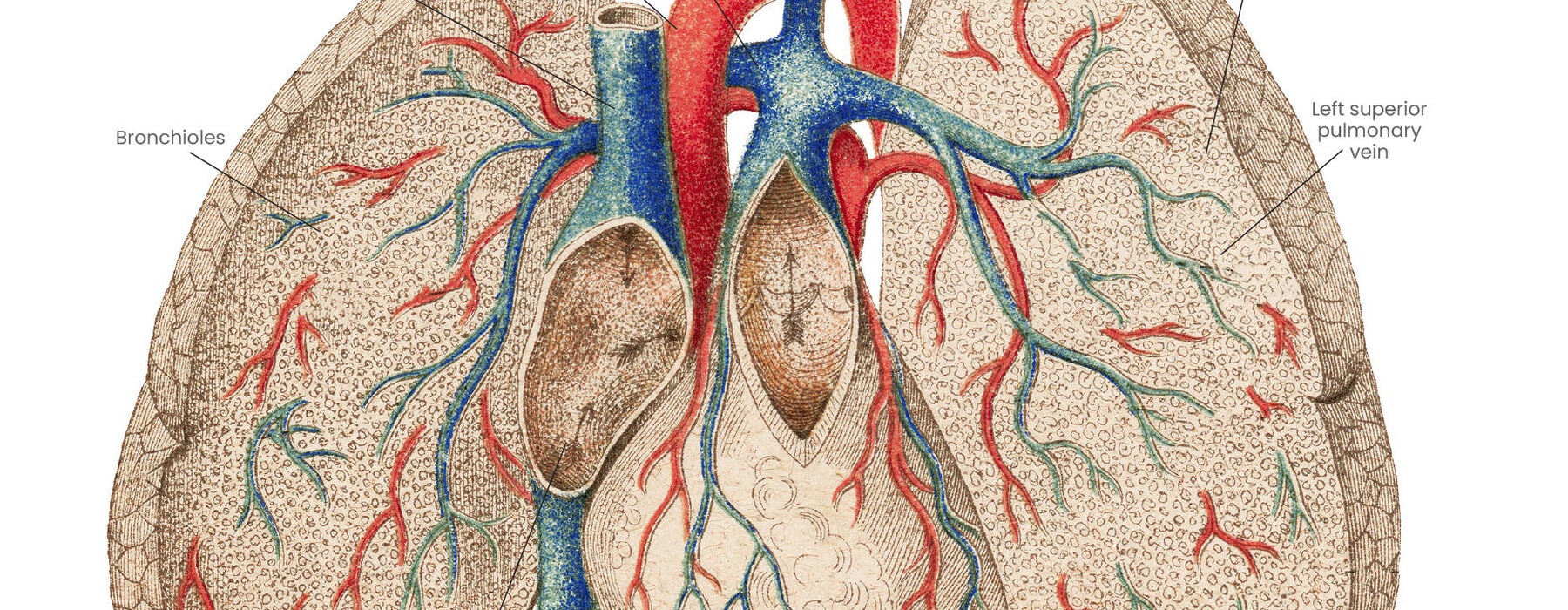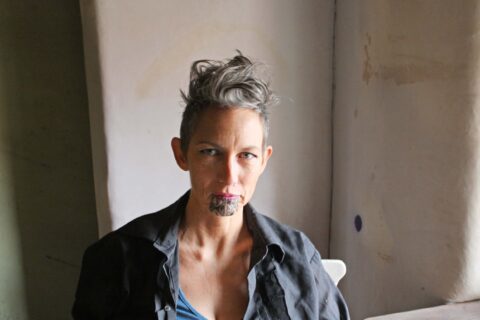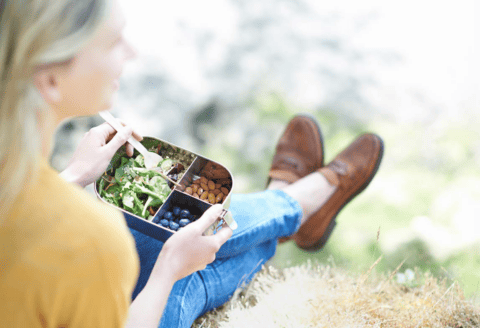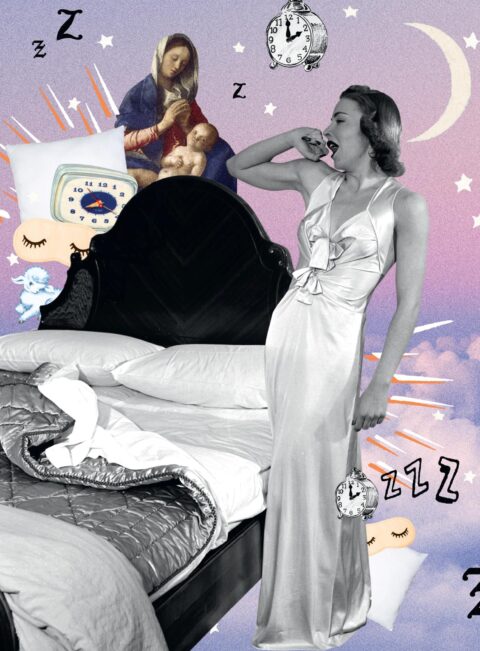Hello! Yes, you already know us – we’re semi-famous – everyone’s been name-dropping us since the pandemic started.
At least, you think you know us. Do you know what we look like? No, not like those plastic models in doctor’s offices, and (hopefully) not like the soot-sacks pictured on cigarette packets.
We’re ethereal, light and in perpetual motion. If you put your hand on us as we fill, we waft prettily around you. But we’re far from delicate. From your first breath to your last, we are here for you.
That first breath is pretty magical. A baby poised on the verge of entering an air-filled world is an untested machine. If everything’s gone right in the previous nine months, it should all work seamlessly. . . but until that first breath, we won’t know. It does, 99 percent of the time.
With the first breath, we fill like sails, and a newborn instantaneously switches from relying on mum to becoming fully independent. (We don’t mean independent as in leaving home and paying tax, just ready to manage the major tasks of oxygen/nutrient intake and waste elimination.)
Before that moment, lots of things have to happen, and in the right order. We need time and space to grow. All the parts that help us to function have to develop alongside. Babies born too early find it really hard to adapt to life without Mum’s placenta. Luckily, doctors have developed lots of tricks over the years.
For example, steroids given to Mum before delivery help us to grow up faster. This was a discovery made by a Kiwi-as doctor, Professor Sir Graham Liggins, doing experiments on sheep in the 1970s. National Women’s Hospital, where he worked, was in the middle of a sheep farm (Cornwall Park.) If Prof needed more pregnant sheep, his young assistants would just pop out of the lab, ask the farmer nicely and grab some. His pioneering work now saves the lives of thousands yearly worldwide and helps doctors keep even very premature babies alive.
Sheep aren’t the only animal to help (not that they had any say). Extracts from cows give us surfactant, which can be given to babies when they are first born to help stiff lungs expand. There are umpteen different ways to make it easier for us to breathe when we’re too new and weak to do the job. CPAP (continuous positive airway pressure) therapy is another area in neonatal medicine where Aotearoa leads the world. Fisher and Paykel are known overseas not for fridges but for medical technology.
But back to that first breath. When a baby floods us with oxygen for the first time, permanent changes domino through their body. The blood vessels within us, the pulmonary vessels, open up first, delivering blood to be oxygenated. This sets off a cascade of changes to convert the circulation through the whole body to an oxygen delivery system – closing off some circuits that existed in foetal times and reversing flow in others. Trapdoors close and vessels shrink. The brain switches on a genetic code, so special brain cells can regulate breathing. Bone marrow switches production to a new type of haemoglobin, one more suited to a life of breathing air. It’s truly a metamorphosis. Once the first breath is taken, there’s no way back for baby.
Oops – we got so caught up, we forgot not everyone is a physiology nerd. Time for the big anatomy tour – ready?
Let’s shrink you down to the size of an oxygen molecule – 0.120 nanometers. (Incidentally, a coronavirus particle is 10 times that – 120 nanometers – which explains why N95 masks can easily filter out viruses while letting oxygen in). Pop on something waterproof – it’s gonna get wet and slimy, but in a fun way. Off we go!
You’re sucked in through the nose and mouth, the first part of the respiratory system, and hustled past the vocal cords, which protect the airway from randoms like peanuts and Lego. (We get so irritated with randoms.)
If you’re feeling warm and wet, don’t worry, that was part of the nose’s job. Soon you’re hurtling through the trachea with its rings of cartilage and coming up to a Y-junction where – quick – you’ll have to choose between us – the right lung or the left lung. (We’re similar in function but different in size and shape.)
Whoosh! You’ve chosen the side for the best part of the joyride. Here’s the bronchus, branching into bronchioles. Smaller and smaller the tubes get with each twisting turn – 25 branchings in total.
Finally you reach the alveoli – a bubble of membrane stretched thinly, adjacent to teeny tiny capillaries, which to you look like giant pipes. Breathe – you’re in one of the most sacred places in the body – the temple of gas exchange. There’s no light, you’re now deep in the thorax. Climb up those slippery walls coated with detergent-like surfactant, which helps alveoli expand by lowering surface tension. The membrane is so stretched you can see gaps in the wall – look – you can climb through and into the pipe. Whoosh! A passing red blood cell snatches you up. You are off on your next big adventure, through the heart which will catapult you onto your final destination in the body.
Was that fun? Hopefully you’ll see we’re not two bags of hot air on a tent pole (as some rudely describe us.) We’re a complex interweaving of airways and blood vessels, perfectly adapted to perform the beautiful rite of gas exchange throughout life.
Despite our clear talents, we can’t move on our own. We’re suspended in a vacuum-sealed box called the thorax. It’s the movement of muscles around us (the diaphragm and rib cage) that make us expand and deflate. Can you imagine the fine-tuning, the sensors and feedback loops, required for this to happen? Yet we do it seamlessly, lifelong, unless things go wrong: we can get blocked, swell up or get squashed by pools of blood or air.
In order to efficiently deliver oxygen to the blood, we maintain comms with the heart, brain, immune system and many other parts of your body. If you’re low in oxygen, we breathe faster. But that’s not even close to all of our skills. We can also sense when we’re threatened, send smoke signals (metaphorically) to the rest of the body using signalling chemicals, and defend by making mucus and upskilling local immune cells. (Sometimes we overdo the defence and you feel sore or find it hard to breathe. Sorry.)
Here are a few fun facts: the total length of airways we contain is 2400km. That’s one-fifth of the way around the world. We contain around 300-500 million alveoli: that’s a lot of temples of gas exchange! In one day we’ll breathe in and out around 22,000 times, extracting oxygen from 11,000 litres of air. If you spread all our surfaces out, we would cover half a tennis court. Although we’re so light we could float, we are also one of the heaviest organs in the body, containing as much blood as the rest of the body put together.
We’re nothing if not contradictory. . . but that’s part of the fun. We are your lungs.








